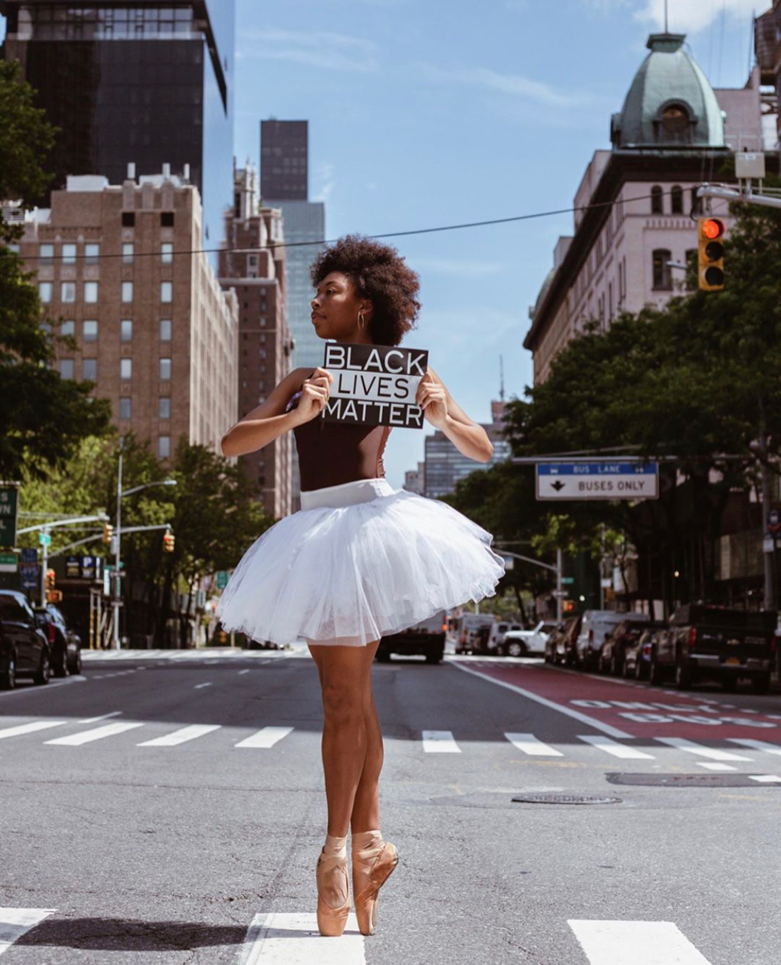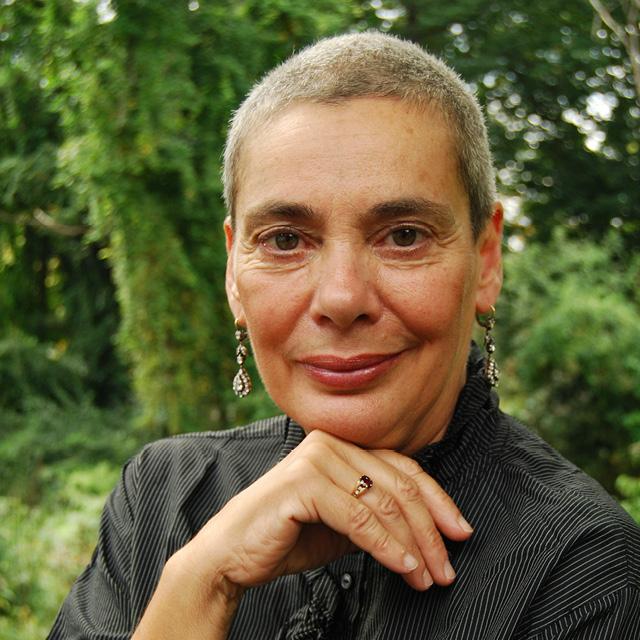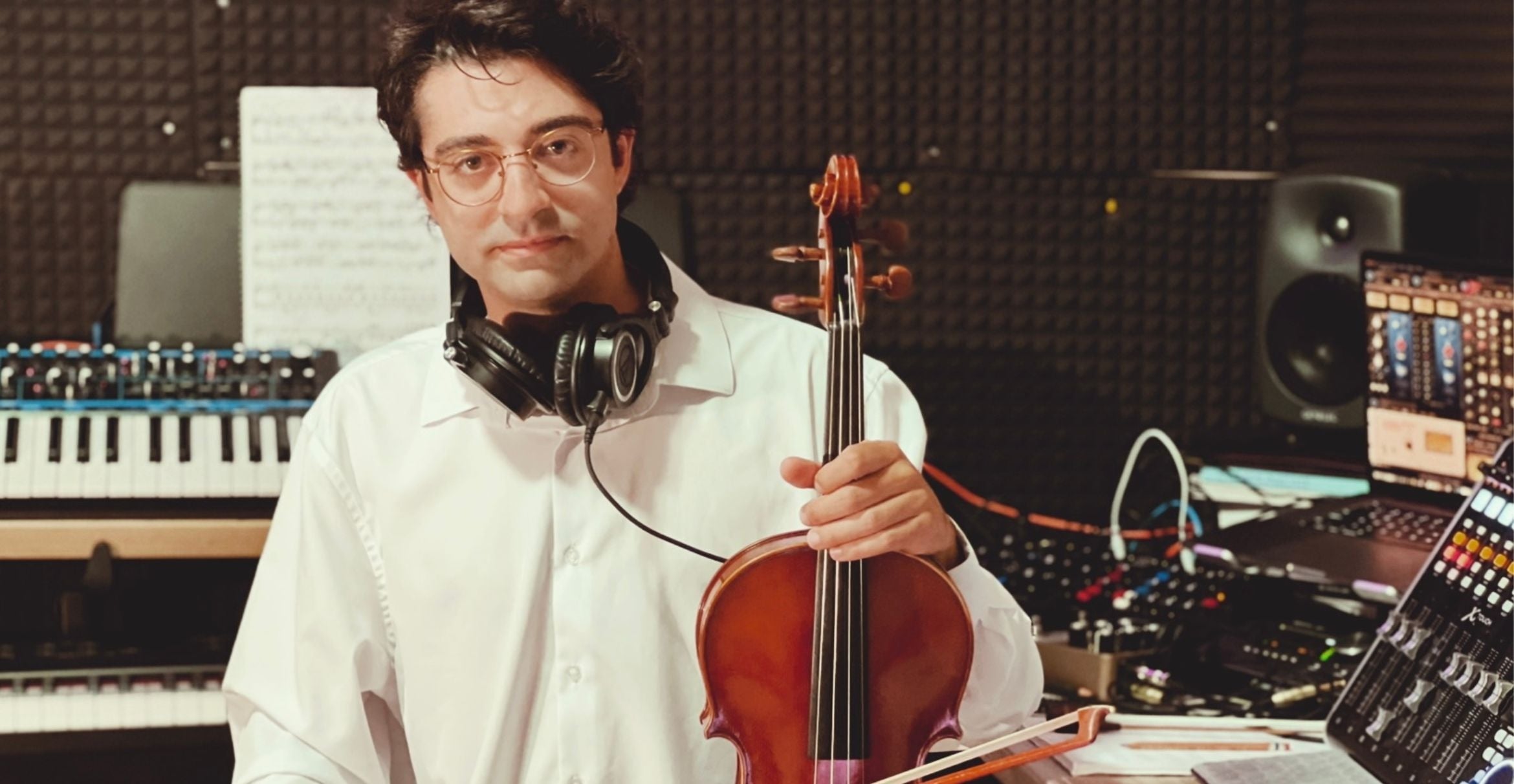
Moving Freely


The famed dance pioneer Anna Halprin, influential for her use of performance to explore social issues, has characterized dance as “a basic human right.”
Elaborating on that notion, Ninotchka Bennahum, a professor of dance and performance studies at UC Santa Barbara, said recently, “You can’t quantify a human right; it’s like breathing: it is fundamental to our shared survival, our governance, our belief in social and racial justice — ethics.
“Dancing bodies can promote these values and they can point out when they are absent,” she added. “Everyone should have the right to move, to dance, to feel free in their bodies and to engage with issues of social justice in the body, to feel gender equity in the body, to understand history in the body.”
Those core beliefs are at the heart of the UCSB International Colloquium on Dance and Performance Studies, an annual distinguished lecture and performance series conceived by Bennahum that first launched in 2014. At the center of the 2020-2021 colloquium, “Jazz, Dancing, Black Female Corporeality,” is a trio of talks by Constance Valis Hill, an accomplished dancer and choreographer-turned prominent dance historian and scholar, Guggenheim Fellow and Five College Professor Emerita of Dance Studies at Hampshire College in Amherst, Massachusetts.
Hill’s next virtual lecture, “The Black Sound of Women in Tap,” Wednesday, January 27, at 4 p.m., will examine what she calls “the vocality of jazz tap dancing,” as well as authenticity and ownership in tap and the history of women in the form.
“To define what I’m calling the ‘Black sound’ is to make the distinction that tap dance as a Black art form has a particular sound,” Hill explained. “A lot of the reason why I’m looking at jazz dance and jazz tap and women in jazz tap and the matrilineal line has a lot to do with where we are today. I’m not just a historian. We’re in the era of Black Lives Matter and Say her Name — these movements really that are calling out the issues of race, class and gender that I’m really relating to women in tap.”
Kicking off the current colloquium in fall 2020, Hill gave the talk “Body of Blues,” a historiography of early blues dancing and, more specifically, stereotypes that emerged of Black women’s dancing bodies. Her spring lecture, “Jazzographies,” will trace the lineage of jazz dance from the turn of the century to Black Broadway and the blues, and reflect on the emergence of “modern jazz” as the realm of white men who appropriated the form. That event is set for Monday, April 12 at 4 p.m.
“It’s the only lens that would make sense to students at this point,” Hill said of how she approaches her topic. “We’re not in a time where we can go back and say, ‘Let’s just be historical.’ We’re not there. If we’re going to understand dance, and I’m a true believer that dance is a corporeal reflection of American culture, there has to be some amount of contemporaneity in it. Why is this important to me now? The history of tap dance is a story of America.”
Noted Bennahum, “Constance Valis-Hill is one of the most important scholars of American cultural history, specifically African American and Afro-descendant forms of dance. Another way of specifying her critical lens is to say that she has reconfigured dance history — dance studies — and shed light on the vital contributions of Black dance artists to American history.
“The overtly racist, historically inaccurate and supremacist ideology of previous dance histories have done great damage to university dance programs,” she added, “and Hill’s scholarship has gone a long way to bring empirical evidence and an empathic scholarly eye toward this goal.”
The colloquium keynoted in the multiple lectures by Hill also features the virtual exhibition “Black Swans as Activists: Capturing Black dancers protesting during COVID-19, June 2020–present.” Consisting of photographs depicting Black dancers at Black Lives Matter protest sites including the Robert E. Lee Memorial in Virginia, and in the streets of New York, the exhibit aims to “display the political identity and intersectionality of Black dancers during this current pandemic and revolution, here in 2020.”
“By documenting history through Black ballet dancers who are embodying humanity, grace, elegance and resistance we will see how art reflects society and gives voice in a way that captivates emotion,” noted curator Sekani Robinson, Ph.D. candidate in sociology. “Through art and protest, we will not be silenced and reduced. We will be heard, and we will tell our honest truth. Our stories will be shared and remembered.”



